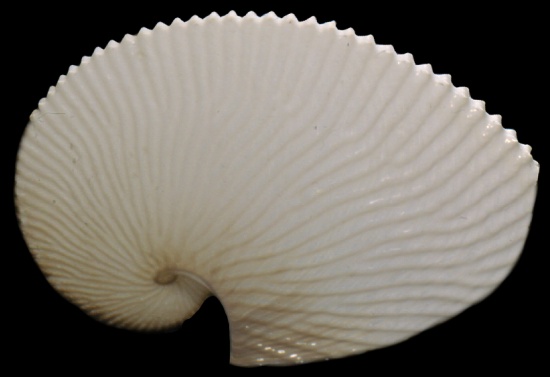
Paper Nautilus
$75.00
Beautiful Paper Nautilus shells. Available in 4 sizes.
The argonauts (genus Argonauta, the only extant genus in the family Argonautidae) are a group of pelagic octopuses. They are also called paper nautili, referring to the paper-thin eggcase that females secrete. This structure lacks the gas-filled chambers present in chambered nautilus shells and is not a true cephalopod shell, but rather an evolutionary innovation unique to the genus Argonauta.[1] It is used as a brood chamber, and to trap surface air to maintain buoyancy. It was once speculated that the argonauts did not manufacture their own eggcases but instead utilized shells abandoned by other organisms, in the manner of hermit crabs. Experiments by pioneering marine biologist Jeanne Villepreux-Power in the early 19th century disproved this hypothesis, as Villepreux-Power was able to successfully rear argonaut young and observe the development of their shells.[2]
Argonauts are found in tropical and subtropical waters worldwide; they live in the open ocean, i.e. they are pelagic. Like most octopuses, they have a rounded body, eight limbs (arms) and no fins. However, unlike most octopuses, argonauts live close to the sea surface rather than on the seabed. Argonauta species are characterised by very large eyes and small webs between the tentacles. The funnel–mantle locking apparatus is a major diagnostic feature of this taxon. It consists of knob-like cartilages in the mantle and corresponding depressions in the funnel. Unlike the closely allied genera Ocythoe and Tremoctopus, Argonauta species lack water pores.
Of its names, "argonaut" means "sailor of the Argo.”[3] "Paper nautilus" is derived from the Greek ναυτίλος naftílos, which literally means "sailor,” as paper nautili were thought to use two of their arms as sails.[4] This is not the case, as argonauts swim by expelling water through their funnel.[5] The chambered nautilus was later named after the argonaut, but belongs to a different cephalopod order, Nautilida. From Wikipedia, the free encyclopedia